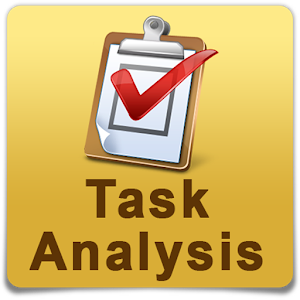Group presentations (3rd Session)
RESEARCH TOPICS/ TASK ANALYSIS
In this session, the class was divided in two parts, the first part was the presentation of the reseachs of the classmate.
the first research presented was:
What are the effects of using technology in the process of learning English as a foreign languge in 9th grade at Cristiano EL Salvador school?
This group explained something about the advantages and disadvantages of using technology has in the learning process of a second languge,
Advantages
- It easier to find information of the topic that the students want
- Time is up to students at the moment to practice the target language
- Students don't need to get print something if they have a smartphone or tablets
- Books, dictionaries, videos are avalaible at any time, therefore it is cheaper to download rather than to buy them.
Disadvantges:
- Students have access to any information either good resources, links related to their learning or bad resources like pornography, and violence.
- It more difficult to concentrate in a certain topic due to several adds both games and movies.
Second group: Methods and strategies that teachers need to use in large classes in Blended Learning Flexible Modality at Centro Escolar José María Cáceres.
This group base their investigation on the large class in Blended Learning, they explained that the outcomes of the learning process are better when the class are small because the teachers have the control over all the students regarding to use of the target language,
 Task Analysis
Task Analysis
task analysis is the process of learning about ordinary users by observing them in action to understand in detail how they perform their task and achieve their intended goals, in other words, it is a technique to identify sequencial steps to perform a job or to reach a goal.
The task analysis may have severals levels from general to very specific. In addition to market research competitive analysis, and web metrics analysis.
The Process for decomposing a high-level task into the following steps:
1. Identify the task to be analyzed
 2. Break this high-level task down into 4 to 8 subtask; The subtask should be specified in terms of objectives and, between them, should cover the whole area of interest.
2. Break this high-level task down into 4 to 8 subtask; The subtask should be specified in terms of objectives and, between them, should cover the whole area of interest.
3. Draw a layered task diagram of each subtask ensuring that it it complete.
4. Produce a written account as well as the descomposition diagram.
5.Present the analysis to someone else who has not been involved in the descomposition but who knows the task well enough to check for consistency.
The Process for decomposing a high-level task into the following steps:
1. Identify the task to be analyzed
3. Draw a layered task diagram of each subtask ensuring that it it complete.
4. Produce a written account as well as the descomposition diagram.
5.Present the analysis to someone else who has not been involved in the descomposition but who knows the task well enough to check for consistency.
Comentarios
Publicar un comentario